Features a light weight high strength material that’s able to resist impacts, and insolate sound compared to other materials. Its easily formed and economical to use made it popular finishing choice. There are two main types of plaster:
Limestone based or cement based.
The main advantage of cement based plaster is its fast gained strength and smooth final coat which makes it ideal for many coating applications that are widely used.
As for limestone based plaster, its heat insulation makes it popular as well as its flexibility and it’s breathable character.
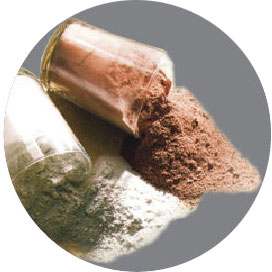
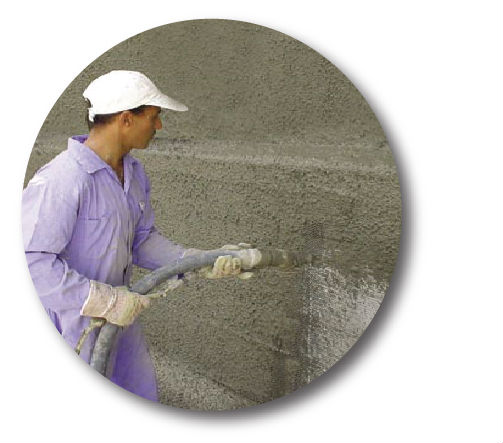
Wet shotcrete is a high standard for mixing and pumping mortars that is impossible to compare to typical method of working. Specifications stipulates that all stages of plaster must be mixed mechanically to give uniformity to the mix in addition to maintaining cement mix ratios from one mix to another. This is difficult to attain in manual typical work and unacceptable in all specifications.
Another advantage of shotcreting is keeping mixing and pumping in one central location at site versus mixing in different areas as done usually. Yet another advantage is reaching typically inaccessible places in site which are difficult to reach in traditional methods.
By using machines, we can assure quality in project by implementing all that is stated in in standards and specifications. We have also added the use of aggregate as a key factor in shotcreting as it increases the mixture strength and decreases cracks which make it possible to attain this formula:
Cement + Sand + aggregate = concrete
Since our company was a pioneer in the use of technology and automation in plaster, be assured that when you see the sign “Shotcrete Plaster”® only the best quality of material and method has been used for this project.
Plaster specification are set according to certain standards, they are tested under conditions and various climates in laboratories, and then published to become a point of reference for work to maintain the operational quality. All specifications in Kuwait are referenced internationally, either by ASTM or BS specs. Which are in essence American or British standards. These standards set the following criteria:
First: materials, second: mix ratios, third: mixing methods forth: curing. The most important of these is mixing ratios and mixing method. Specifications emphasizes that mixing cement with other materials must be done in a specific ratios and mechanically done to obtain homogenous high- quality plaster.
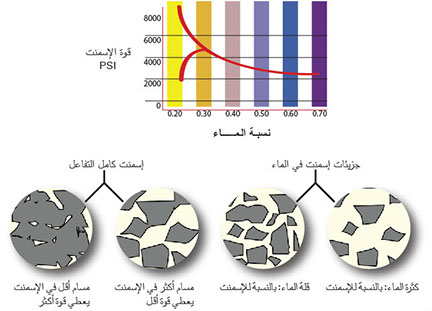
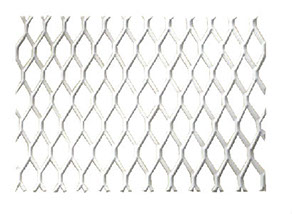
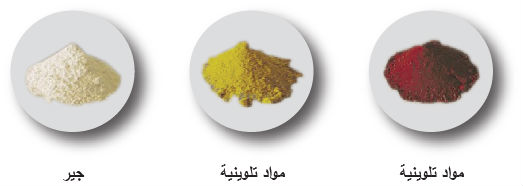
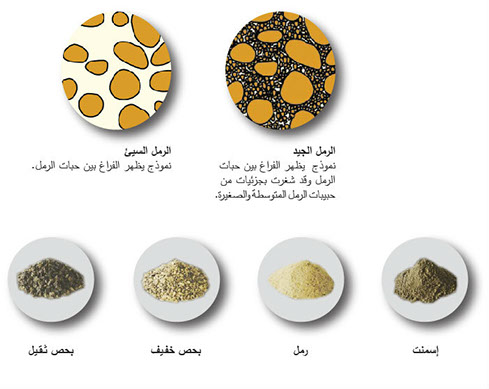


The main advantage of exterior coating is that customers may choose various textures and colors. Some types of coatings are limestone, Cementitious, and acrylic based.
Acrylic based coating are widely used due to its strength, durability, elasticity which enable them to expand and contract, as well as their ease of maintenance. There are two types of protective coatings which are pigments acrylic which is characterized by choice of glossiness as well as its resistance to the ultraviolet radiation. The other type of protective coating is pigments polyurethane which is characterized by high strength and high gloss shine.
BTC has collaborated with all major suppliers of coating in Kuwait, which is an advantage for clients so we may offer our customers a variety of options depending on the architect’s vision for the project. We are always striving for the best and finest materials for our customers, and we don’t hesitate to consult and advice all clients of many options available which suites their needs.
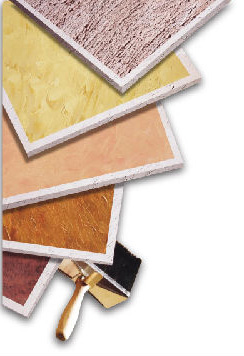
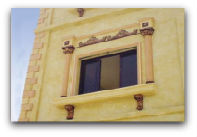
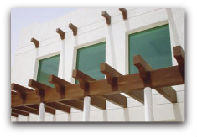
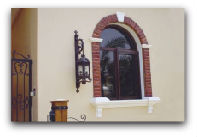
Exterior decorations may ass an aesthetically pleasing elegance in many projects. It’s a service that we provide to coordinate stages of work to reach the intended design.
We make suggestions to clients and when he chooses one of them we make an actual scaled sample to review its compatibility with the work. All external decorations are made with the best material and specifications to assure work quality and durability that it can withstand the harsh Kuwaiti weather conditions.
Some of these works are plasters of Paris, decorative bricks or stone decorations as well as many others. All of these vary in work stages and specifications from project to another and depends on customers’ requirements and the architects specifications.
In essence all fauls ceiling work provide the same function and differ in material. In Kuwait, the most common material is gypsum since its verstill in use and easily formed.
Gypsum is a light weight material that usually casted in form to create whatever shapes or bocks needed. It may cast in rubber forms to create intercate details or domes which is impossible to attain by other materials.
Blocks of gypsum can be either cats on site or factory depending of usage and specification.
As for the installation, there are several methods which vary from wiring system, rod system or C channel system. Whatever your projects specifications are, we are glad to provide you with solutions that meet your needs.
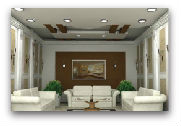

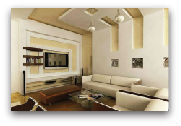
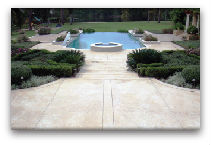
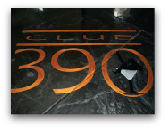
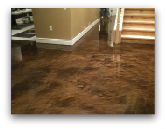
Whatever your project is, a home, commercial building, or factory rest assured that we have solutions for flooring with many choices to suit all tastes. Our company offers the best solutions for internal and external floorings .through a major US company Elite Crete Systems Inc.
Elite Crete Systems is a leading manufacturer for floor repair and finishing material in the US. All of their products are subject to rigorous tests for a minimum of two years before launching them to market. These tests are simulations for using the product in various situation that surpasses actual conditions for both usage and climate.
We have visited their factory in the US and tested products to assure that we provide best for the Kuwait market. Through this visit, we realized that Elite crete Systems Inc. offers best products in terms of specifications and value. Moreover, that they offer solutions that that is unmatched by any other in the market.
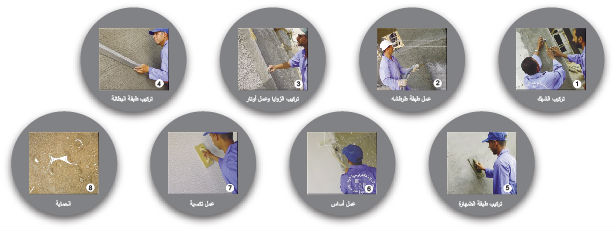
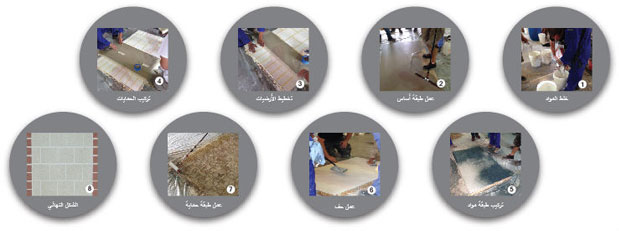
Copyright © 2021, BI TEK. Building Technology Company.
